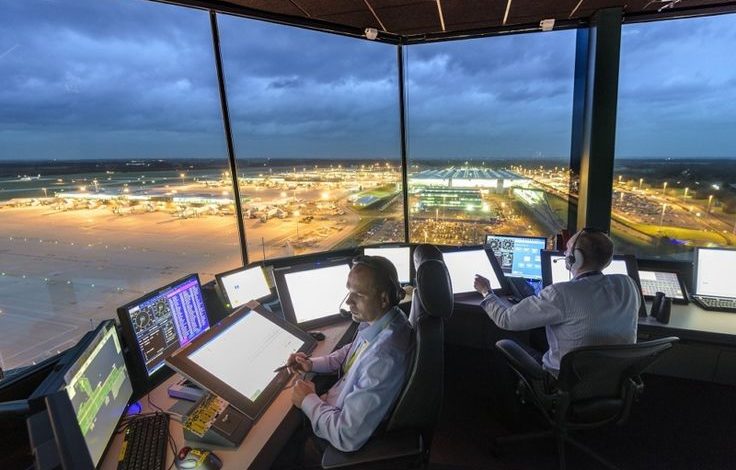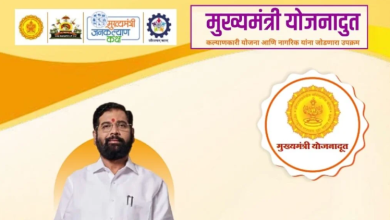India’s Ambitious Plan for Unified Air Traffic Management

Air Traffic Management: In a bold move aimed at streamlining the nation’s air traffic management, Indian officials are contemplating the establishment of a singular air traffic control hub in Nagpur. This strategic initiative seeks to enhance efficiency, safety, and coordination in the skies above the vast expanse of the Indian subcontinent. Let’s delve into the details of this groundbreaking endeavor.
The Need for Unified Air Traffic Management
Managing Complexity
The Indian airspace is one of the busiest and most complex in the world, with numerous airports, air routes, and varying air traffic control protocols. Coordinating this intricate web of flights requires sophisticated technology and seamless communication between multiple entities.
Enhancing Safety
By centralizing air traffic in Nagpur, authorities aim to reduce the risk of mid-air collisions, minimize delays, and enhance overall safety standards. A unified system allows for better monitoring and control of aircraft movements, thereby mitigating potential hazards.
Optimizing Resources
Consolidating air traffic management facilities can lead to significant cost savings by eliminating redundancies and streamlining operations. It allows for better utilization of resources, including personnel and technology, resulting in improved efficiency and productivity.
Key Features of the Proposed System
Centralized Control
Under the proposed system, Nagpur will serve as the nerve center for air traffic, overseeing the entire Indian airspace. This centralization enables real-time monitoring, efficient decision-making, and seamless coordination between different regions.
Advanced Technology Integration
The new system will leverage cutting-edge technologies such as radar surveillance, satellite navigation, and automated systems to enhance operational capabilities. These innovations enable precise tracking of aircraft, efficient routing, and timely intervention in case of emergencies.
Collaborative Approach
Collaboration is key to the success of unified air traffic management. The initiative involves close coordination between civil aviation authorities, airport operators, airlines, and other stakeholders. By fostering a spirit of collaboration, the system aims to optimize efficiency and effectiveness.
Challenges and Considerations
Technological Integration
Integrating diverse technologies and systems into a unified platform poses significant technological challenges. Ensuring compatibility, interoperability, and reliability are crucial to the seamless operation of the new air traffic management system.
Regulatory Framework
Establishing a unified regulatory framework that governs air traffic management across the country requires careful deliberation and coordination among regulatory bodies. Harmonizing regulations while addressing regional disparities is essential for the success of the initiative.
Human Capital Development
Investing in training and development programs for air traffic controllers and other personnel is essential to ensure a smooth transition and effective operation of the unified system. Building expertise and proficiency in handling advanced technologies is crucial for maintaining safety and efficiency.
India’s ambitious plan to establish a unified air traffic management system from Nagpur represents a significant leap forward in modernizing the nation’s aviation infrastructure. By centralizing control, leveraging advanced technologies, and fostering collaboration, the initiative aims to enhance safety, efficiency, and capacity in the Indian airspace.










